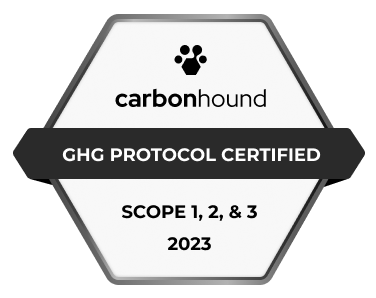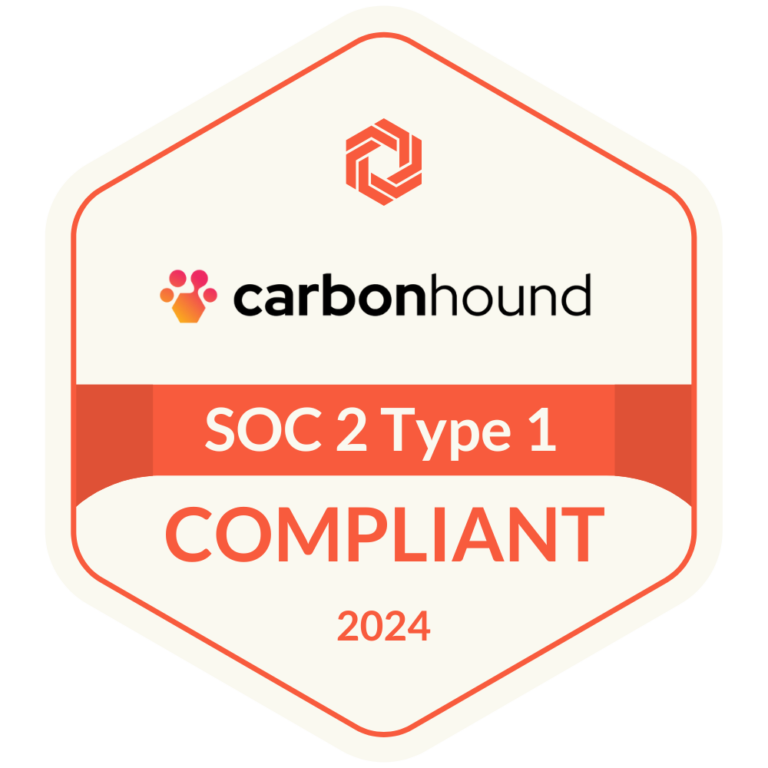Scope is a term that was created to help companies and stakeholders differentiate between emissions that they control vs the ones they do not have direct control over.
Scope 1: Direct emissions
These are emissions from sources that you own or control, like a furnace in the basement of your office building, or business travel in a company car. If your organization leases vehicles or equipment and pays for the fuel used, these emissions are also counted as direct emissions for your organization, even though it does not own the vehicle or equipment. The key question is whether you have operational control of the source.
Scope 2: Indirect Emissions – Imported Energy
This is energy that has been generated off-site and used by your organization. Typically this would be grid electricity, but if you have district steam systems then that would fall under scope 2 as well.
This is defined as indirect as you don’t choose the energy mix of the power that is delivered so you don’t have operational control over the generation of the power.
Scope 3: Indirect Emissions
These are indirect sources of emissions that are not owned or controlled by your business. But your organization impacts the demand for these products and therefore the impact on the value chain. Basically this is a catch-all for almost all of the emissions that don’t fit into scope 1 or 2.
Examples of scope three emissions would be Employee Commuting, Business Travel in non-company owned/leased vehicles or Flights.
The GHG protocol separates sources into 15 different categories:
Purchased goods and services • Site-specific energy use or emissions data from suppliers
Capital goods
• Site-specific energy use or emissions data from capital goods suppliers
Fuel and energy related activities (not included in scope 1 or scope 2) • Company-specific data on upstream emissions (e.g. extraction of fuels)
Upstream transportation and distribution • Activity-specific energy use or emissions data from third-party transportation and distribution suppliers
Waste generated in operations • Site-specific emissions data from waste management companies
Business travel
• Activity-specific emissions data from transportation suppliers (e.g., airlines)
Employee commuting • Specific distance traveled and mode of transport collected from employees
Upstream leased assets • Site-specific energy use data
Downstream transportation and distribution • Activity-specific energy use or emissions data from third party transportation and distribution partners
Processing of sold products • Site-specific energy use or emissions from downstream value chain partners
Use of sold products • Specific data collected from consumers
End-of-life treatment of sold products • Specific data collected from waste management providers on emissions rates or energy use
Downstream leased assets • Site-specific energy use data collected by utility bills or meters
Franchises
• Site-specific energy use data collected by utility bills or meters
Investments
• Site-specific energy use or emissions data
Learn more about scope three emissions: https://ghgprotocol.org/sites/default/files/standards/Corporate-Value-Chain-Accounting-Reporing-Standard-EReader_041613_0.pdf





